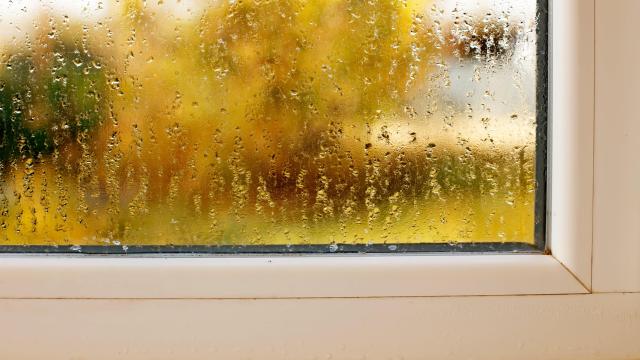When it comes to the temperature inside your home, you probably have a decent idea of how warm or cool you need it to be in order to be comfortable and based on your energy costs, what you can afford. But what about your home’s humidity level? Your thermostat might indicate what it is, but ideally, what should it be?
Here’s what to know about the ideal humidity level inside your home, and why it matters.
What is the ideal indoor humidity level?
According to the Environmental Protection Agency (EPA), indoor humidity should be kept below 60% — ideally between 30% and 50%. The reason indoor humidity should be lower than 60% is that anything higher than that can encourage mould growth in your home.
Even if there hasn’t been flooding in the home, humid, damp air can contain enough moisture for mould to develop — which, in turn, can cause or activate respiratory problems for members of the household. Plus, dust mites thrive in high humidity, so that’s bad news for anyone with allergies. Pests like cockroaches are also fans of high humidity.
Signs your home humidity level is too high or low
In addition to keeping an eye on the humidity level displayed on your thermostat, there are other signs that it could be getting too high or low.
Signs of high indoor humidity
If you’ve spotted any of the following in your home, you may have a higher-than-recommended humidity level:
- Condensation on windows in the winter
- Condensation on uninsulated air conditioning ducts
- Excessive mildew on various surfaces of the bathroom
- Mould growing in closets, basement, the kitchen, and/or bathrooms
- Peeling, cracking or blistering paint
- Wood furniture or flooring that has expanded or buckled
Signs of low indoor humidity
If you’ve spotted any of the following in your home, your indoor humidity level may be too low:
- Static in your hair
- Sparks fly when you touch someone or something in winter
- Your throat is frequently dry
- Dry, itchy eyes and skin
- Cracking wood furniture
Why indoor humidity levels matter
As these signs illustrate, your home’s indoor humidity level is important because it impacts everything from your skin to your furniture. Investing in a humidifier or dehumidifier isn’t only about being more comfortable: Think of it as necessary maintenance for your home and your health.

Leave a Reply
You must be logged in to post a comment.